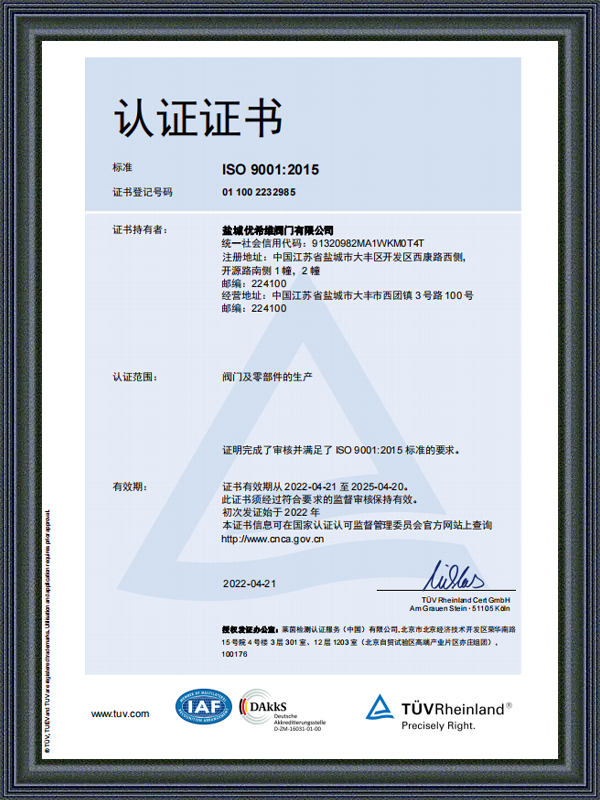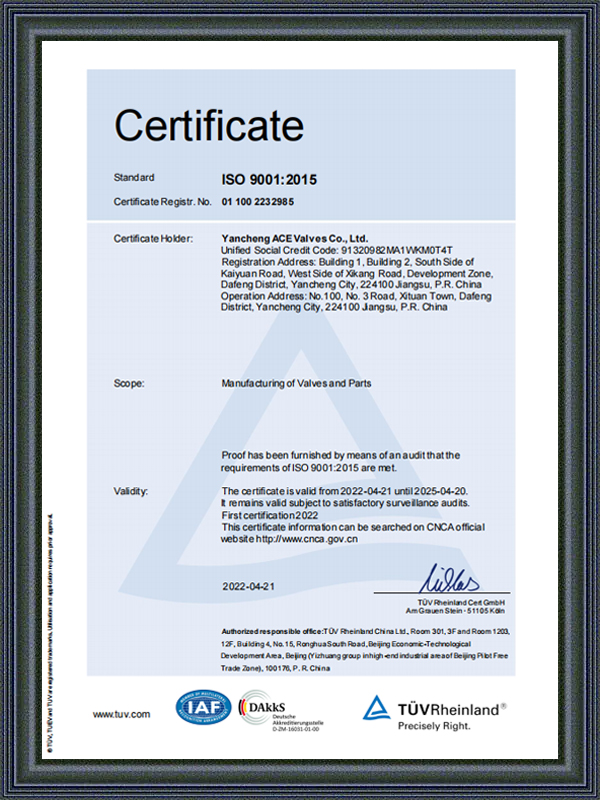Industry knowledge
What are the primary advantages of using automatic argon arc welding over manual welding methods?
Consistency:
Automatic argon arc welding ensures consistent weld quality, as the process is controlled by computerized systems that maintain precise parameters throughout the weld.
Higher Productivity: Automation allows for continuous operation, leading to higher productivity rates compared to manual welding, where human operators need breaks and rest periods.
Improved Efficiency: Automated systems can perform welding tasks much faster than manual methods, reducing overall production time and costs.
Reduced Labor Costs: By eliminating the need for skilled welders to perform repetitive tasks, automatic argon arc welding can significantly reduce labor costs over time.
Enhanced Safety: Automated welding systems can be designed with safety features to minimize the risk of accidents and injuries associated with manual welding, such as exposure to heat, fumes, and radiation.
Complex Welding: Automatic systems can handle complex welding tasks with greater accuracy and precision than manual methods, making them suitable for intricate weld geometries and tight tolerances.
Minimal Weld Defects: Automation helps to minimize human error, resulting in fewer weld defects and rework, ultimately improving overall weld quality and reducing scrap rates.
Adaptability: Automatic welding systems can be programmed to weld various materials, thicknesses, and joint configurations, offering greater flexibility in manufacturing processes.
Remote Operation: Some automatic welding systems can be operated remotely, allowing for welding in hazardous or hard-to-reach areas without exposing human operators to danger.
Data Logging and Analysis: Automated systems can collect and analyze welding data, providing valuable insights for process optimization, quality control, and troubleshooting.
How automatic argon arc welding is utilized within the automotive industry
Body Construction: Automatic argon arc welding is integral to the construction of vehicle bodies. It is used to weld together stamped steel panels to form the vehicle's frame, including the roof, floorpan, side panels, and structural components. The precision and consistency offered by automatic welding ensure tight tolerances and seamless joints, contributing to the vehicle's overall structural integrity, safety, and aesthetics.
Chassis Assembly: In addition to body construction, automatic argon arc welding plays a crucial role in chassis assembly. It is employed to weld together various components of the chassis, such as frame rails, crossmembers, suspension mounts, and subframes. These welded assemblies provide the structural backbone of the vehicle, ensuring stability, rigidity, and durability under various driving conditions.
Exhaust Systems: Automatic argon arc welding is utilized in the fabrication of exhaust systems, including the welding of exhaust pipes, mufflers, catalytic converters, and exhaust manifolds. Weld quality is critical in exhaust system manufacturing to prevent leaks, ensure proper exhaust gas flow, and meet emissions regulations. Automatic welding ensures consistent weld penetration and gas coverage, resulting in leak-free and durable exhaust components.
Engine Components: Within the automotive industry, automatic argon arc welding is employed in the manufacturing of various engine components, such as cylinder heads, engine blocks, intake manifolds, and valve covers. These components often require precise and high-quality welds to maintain structural integrity, withstand thermal stresses, and ensure optimal engine performance.
Suspension Systems: Automatic welding is used in the assembly of suspension systems, including welding components such as control arms, struts, springs, and sway bars. Weld quality is crucial in suspension components to withstand the dynamic forces encountered during vehicle operation, including cornering, braking, and rough road conditions.
Safety Components:
Automatic argon arc welding is utilized in the production of safety components, such as seat frames, seatbelt anchors, airbag housings, and rollover protection systems. Weld quality is paramount in safety-critical components to ensure reliability and passenger protection in the event of a collision or impact.
Electric Vehicle (EV) Manufacturing: With the rise of electric vehicles, automatic argon arc welding is increasingly used in the production of battery packs, electric drivetrains, and chassis structures specific to EV platforms. Weld quality is essential in EV manufacturing to maintain the integrity of high-voltage systems and ensure vehicle safety and performance.

 English
English русский
русский




